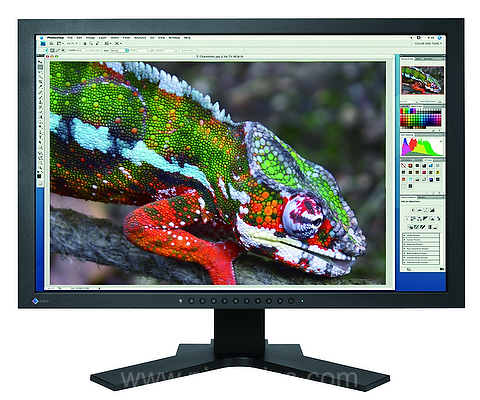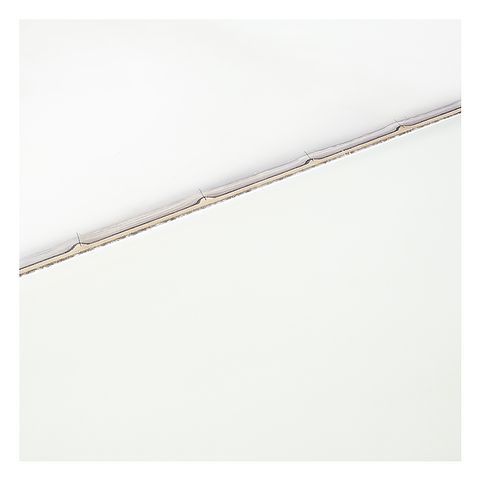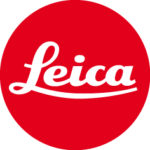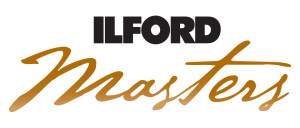Your Monitor
Your Monitor : A Critical Tool
The more I work with the latest crop of digital cameras, whether they are relatively modest DSLRs or high end medium format backs, the more I am amazed at the potential quality of the prints I can make. With careful shooting techniques, high quality lenses and correct post processing, the details and textures that can be captured and printed border on the astounding. This potential to make fantastic prints relies not only on a good capture and a good printer, but on having a properly accurate ‘window’ into your digital file so you can see with your own eyes the way the tones will be represented in the final print and the subtleties of the extreme highlights and shadows. Having as good a monitor as possible is absolutely crucial, since without it how can you possibly see the ‘truth’ within you image file? I’d even go so far as to say that the monitor is just as important as the camera, lens and printer that you use – after all, a chain is only as strong as its weakest link.
You need a monitor that truly shows everything that is going on in your files; in fact it’s not an exaggeration to say that the first time you work with a top of the line monitor like the EIZO CG243W you will be amazed at what you can see in your familiar images. Tones as dark as 0.5% (RGB 2-3) can be distinguished, and better still, the way those dark tones blend into one another is something a basic monitor simply cannot show.
One of the reasons for this fidelity is the use of 3D Look Up Tables (LUT) employed within the monitor itself. Most monitors use a LUT for each colour channel, Red, Blue and Green – a simple graph of input and output for each. A 3D LUT on the other hand employs a single three dimensional table with the three primary colour making up the three axes. This allows far better additive colour mixing because, since the colours not are considered independently, the LUT allows for compensation of bleeding between pixels, slight impurities of the RBG colour filters and ageing of the monitor’s LCD arrays.
Differences between expected and actual colour values are measured as a ‘Delta E’ value and 3D LUTs generally achieve a Delta E value of less than half that of a 1D LUT. This means the slight but inevitable inaccuracies of any electronic system are reduced by more than 50% giving better colour accuracy, far more neutral grayscales and and overall smoother tonality.
Christian Fletcher has been working with EIZO monitors for a few years now and anyone who knows his prints will not be surprised to hear that he is extremely particular with his choice of equipment – particularly his EIZO CG241W.
“I need to see the true tonal values in my images and my EIZO makes this very easy. Not only that, but it’s extremely easy to profile so I know what I see will match my prints, particularly in the deep shadows like this new shot from Papua New Guinea.”
“When I make high-key images, like this one of the salt pans near Port Headland, it’s critical to control the highlights. I thought I was blowing the whites until I added a true white background around the image and immediately I saw that what I thought might be overexposed was in fact totally printable. Only a top class monitor like the EIZO will show you this level of subtlety.”
One other aspect of the high-end EIZO monitors that has a very real effect on the viewing quality is that you can take advantage of the monitor’s 10-bit display capability. Using the right graphics card in your computer is critical, but when you use a DisplayPort-enabled graphics adapter with a monitor like the ColourEdge CG243W your images will be displayed with 1024 levels per colour channel rather than the usual 256 levels. The benefits are clear, particularly in the darkest tones which are very difficult for a monitor to display; rather than looking like a generic dark grey, dark colours will actually show their true hues. Looking at the Colour Picker in Photoshop CS5 shows the colours extending further into the darkest parts of the chart.
There can be no doubt that it is critical to match the quality of your monitor to the quality of your camera equipment – anything less is to miss the full potential of your images. With the amazing quality of the current crop of digital cameras, not to mention future cameras, you need the best monitors the get the absolute maximum quality from your hard won images.








